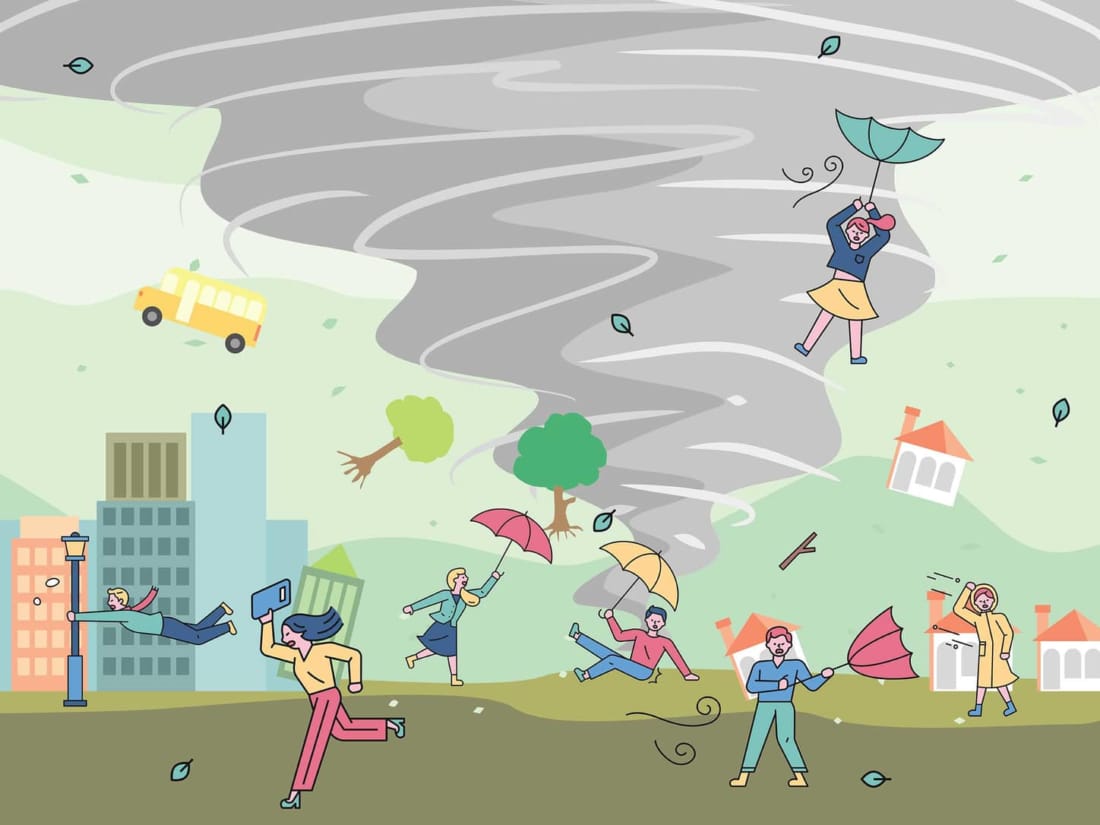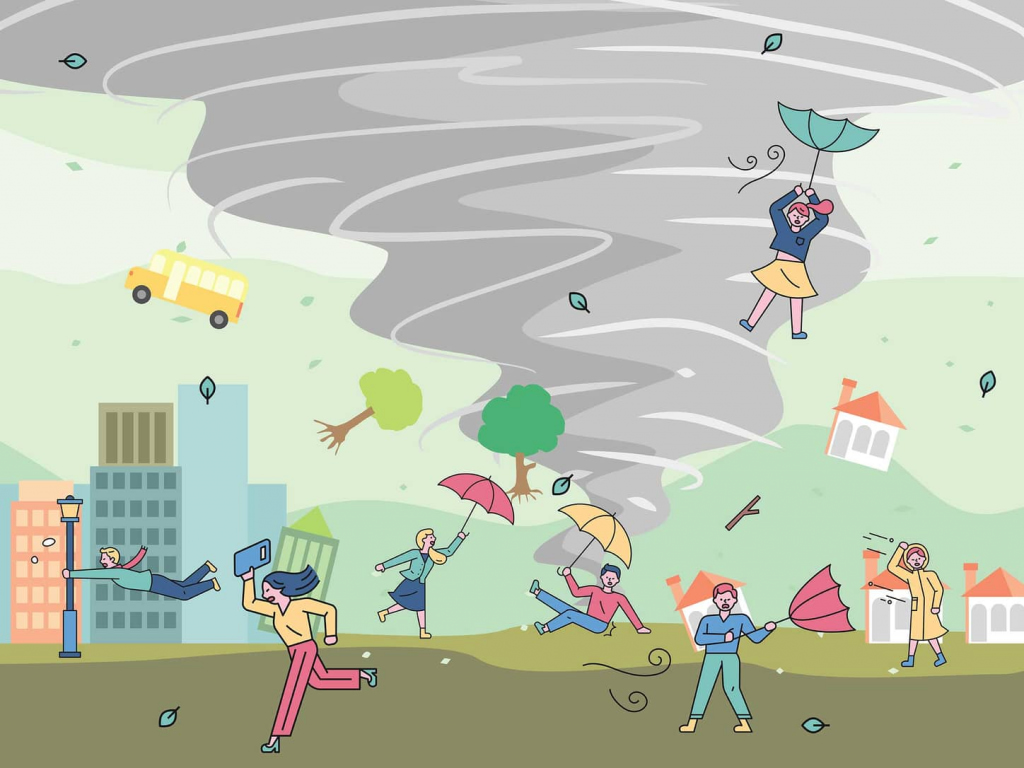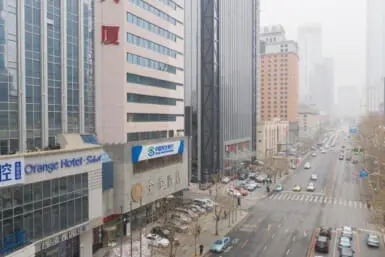
As a visitor to Japan, your chances of being injured in a typhoon are probably less than your chances of being run over by a truck because you forgot to look right instead of left (traffic comes from the right in Japan).
Still, a typhoon is not something to ignore. As the old saying goes, don’t mess with Mother Nature. The typhoon season in Japan starts around May and is usually over by the end of October. Peak months are August and September.
How Bad Are Typhoons?
2019 saw some especially strong typhoons hitting the archipelago. Typhoon Hagibis, which struck in October brought super devastation, killed 80 people, caused havoc with all transportation and canceled matches for Rugby World Cup 2019.
The month before that, when Faxai struck the Tokyo area many flights were canceled, stranding hundreds of travelers in the airports. Trains were stopped for several hours and highways were closed. Parts of Chiba, which borders Tokyo, were without electricity for several weeks.
Hakone, one of the most popular day trips for tourists to Tokyo, received more than 900 millimeters (36 inches) of rain in one day. That’s as deep as some swimming pools. Rivers breeched their embankments and the subsequent flooding caused thousands to be evacuated.
What Should I Do in Case of a Typhoon?
While all this sounds pretty horrendous, as a tourist you’re not likely to be as affected as residents are. Most likely you’ll be in a snug hotel room and well protected from the brunt of the storm. Still, precautions are advised.
If standing by your window watching dislodged pieces of advertising signs fly by sounds like a good idea, it’s actually not. You’re best off keeping the curtains closed so that, in the event one of those unidentified flying objects hits the window, you won’t be sprayed with bits of broken glass. Not a likely scenario, but it can happen. Better safe than sorry.
Naturally, walking the streets during a typhoon isn’t a good idea either. Most of those aforementioned flying objects are at street level and a strike on the old noggin won’t do you any good. If the rain is heavy the storm sewers are likely to be overwhelmed and you can find yourself wading through several inches of water as well as assorted floating trash.
And, if you were planning to take a train or subway back to your hotel you run the risk of those being stopped. So, you’ll get a taxi, you say? Good luck with that when the few taxis who are still out and about are overjoyed to see the sea of hands waving them down for a ride through the flooded streets. Oh, and that umbrella you thought would protect you? It’s now one of those flying objects, having been turned inside out and ripped from your hands by the wind.
If you have a flight to catch on the day of a typhoon be sure to confirm before heading to the airport. Another night in the hotel sure beats sleeping on the airport floor.
Mostly, use common sense, don’t go out exploring, and you should be safe enough.









